Overclocking
Motherboards with AMD's B450 chipset have been in the news recently due to many offering somewhat misleading power phase specifications, and the B450 Aorus Pro is one of them. It boils down to the board lacking enough high-side MOSFETs, meaning that while it has enough chokes and low-side MOSFETs to support the originally advertised 8+3 phase power delivery, the design only works out to four phases, with a high and low-side MOSFET plus choke required for a proper single phase. Before the board went on sale, references to '8+3' were removed and replaced with a more generic 'Hybrid Digital PWM Design' in marketing materials, but you may also see '4+3' used. More phases don't always equal better performance, though, be it at overclocking or efficiency, but we did have one or two issues when overclocking the board.
To start with, there's no manual voltage control - only offset, meaning you can't dial in a specific voltage, only an amount to add or subtract from the CPU's default vcore. This makes things that much tricker when overclocking, and the range was fairly limited too at around +/- 0.2V. However, pushing our Ryzen 7 2700X CPU to our usual 1.425V and 4.2GHz saw it run through all our benchmarks with ease, but a prolonged stress test in Prime95 26.6's small FFTs test saw the VRMs get too toasty, and the CPU throttled after five or six minutes under full load.

Only under sustained full load when overclocked did this happen, and we should also add that we used an AIO liquid-cooler and had no active cooling over the VRM heatsinks on our test bench except for the nearby AIO cooler. However, it's clear that the Gigabyte B450 Aorus Pro is not really an ideal candidate for a maximum overclock on an eight-core Ryzen CPU, at least not if you'll be going pedal to the metal across all eight cores a lot of the time.
You obviously get access to Precision Boost Overdrive as well, and this is included in the EFI, albeit under Peripherals, which still strikes us as odd. You can see where to find this as well as links to our overview of Gigabyte's current EFI and software here.
Performance Analysis
There were no hints of any issues with throttling in any of our benchmarks, and at stock speed the Gigabyte B450 Aorus Pro availed itself well, matching the other boards on test, all of which at this point sport the more expensive X470 chipset, with little to separate them when running our Ryzen 7 2700X and 3,000MHz memory. Planting our Samsung 960 Evo SSD in the top M.2 slot, which offers full bandwidth, saw it match the other boards on test too, with read and write speeds of 3,404MB/s and 1,881MB/s respectively.
Audio performance was a tad lower than we'd expect for Realtek's ALC1220 codec but still much better than the ALC892 used in the MSI X470 Gaming Plus. However, one last area of concern, possibly linked to the VRMs and power delivery, was power consumption, and looking at the graphs it seems to be a trait with Gigabyte boards. They had the highest idle and load numbers at stock speed, and the B450 Aorus Pro was one of the more power-hungry boards on test under load when overclocked too, also drawing the most under load at stock speed of any board on test.
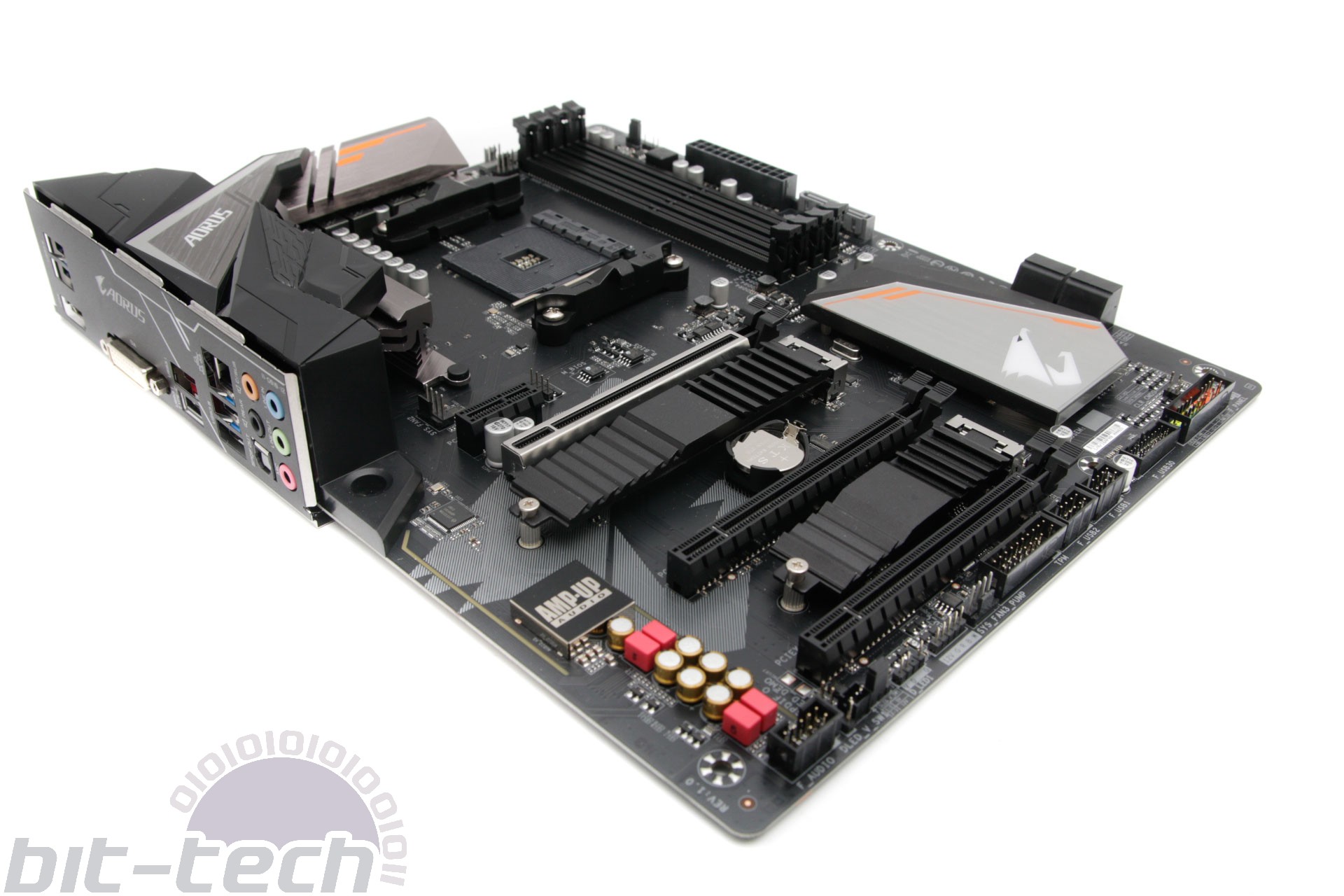
Conclusion
Gigabyte has some excellent fan control options both in the EFI and software, and the B450 Aorus Pro is a mostly solid, good-looking, and well-featured effort and for a very low price too. The integrated I/O shield is a real boon for the money, as is the use of full-fat Realtek ALC1220 audio and the inclusion of a USB 3.1 Type-C port as well. The CPU throttling is an issue to be aware of, although if you're running your CPU with a smaller overclock or at stock speed or with better VRM cooling, then it's likely you won't have any issues, especially if you don't put the CPU under full load for extended periods.
If that's you, then there's probably not much to worry about unless, as we say, you're going to be dabbling in multi-threaded content creation and benchmarking and plan to overclock as far as you can. Only if you plan on doing both those things will you run into issues. However, there are a couple of other snags. Firstly, there's the lack of manual vcore adjustment in a fixed/absolute mode in the EFI - only offset, which is just awkward when overclocking and benchmarking. Finally, there's that redundant M.2 port that lacks bandwidth enough to run PCIe M.2 SSDs at full speed and also doesn't support SATA SSDs, making us questions its inclusion at all, especially with the added cost of a heatsink. All these things combine to sew some seeds of doubt with the B450 Aorus Pro and prevent it getting an award, but we'd happily use it for a stock speed Ryzen system ourselves.

MSI MPG Velox 100R Chassis Review
October 14 2021 | 15:04

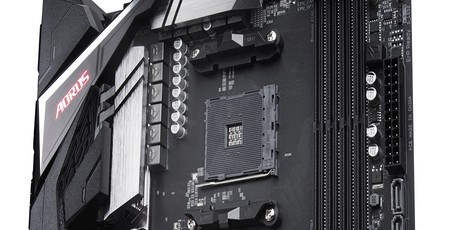
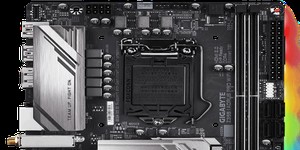
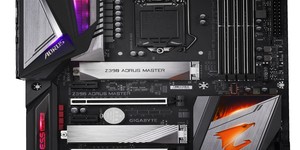
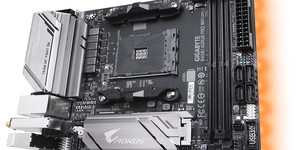




Want to comment? Please log in.